
JOÃO PEDRO TEIXEIRA'S INSTRUMENT COLLECTION
A Journey Through the Evolution of the Accordion Family
The João Pedro Teixeira Instrument Collection explores the evolution of the accordion family, from the ancient Sheng to modern variations. It showcases early bellows instruments such as the Demian Accordion and the Flutina, the development of diatonic and chromatic accordions, and regional adaptations such as the Cajun Accordion and the Bandoneon. The collection also includes folk instruments such as the Italian Organetto and various concertinas, reflecting the diverse forms this family of instruments has taken across cultures and time.
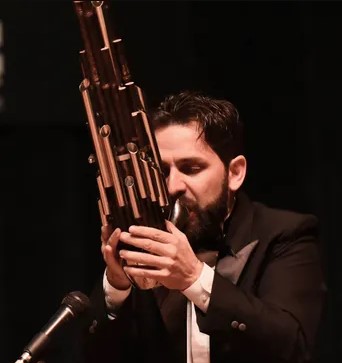
Sheng:
An ancient Chinese musical instrument dating back to 2,700 years BC, it is considered the precursor to the accordion and other free-reed instruments such as the bandoneon, concertinas, harmonica and harmonium.
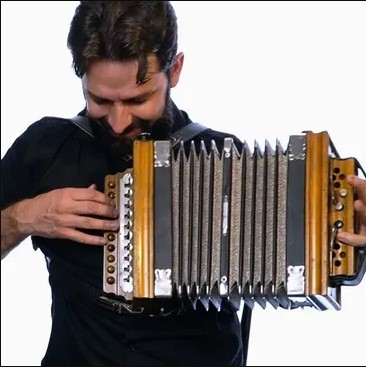
Acordeão Demian:
Cyrill Demian's accordion was the first accordion (year: 1829) in which, for the first time, the inner reeds of the sheng were placed in a small wooden box with some buttons and a bellows.
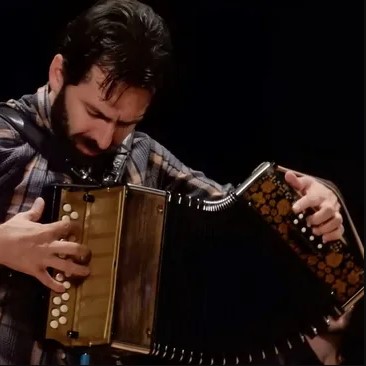
Diatonic accordion:
Known in Brazil as gaita ponto, eight-bass bellows, or pé de bode, this bisonorous aerophone produces two different sounds per button—one when the bellows are opened and another when they are closed—using free reeds like the old Demian accordion.
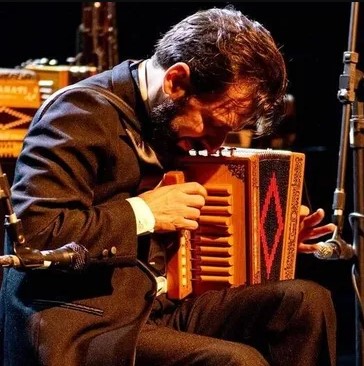
Cajun Accordion:
It is defined as a single-row diatonic accordion, in contrast to the multi-row instruments commonly used in other musical styles. The Cajun accordion is widely used in Quebec, Canada, and Louisiana, USA, where musicians often tap their feet while playing.
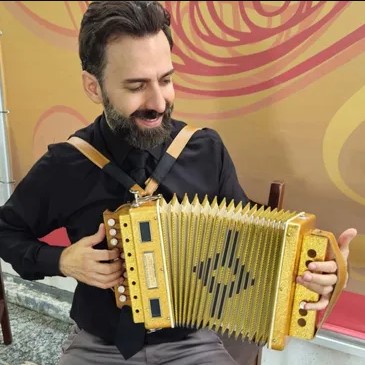
Italian organetto:
It was a precursor to the tarantella and traditional Italian music. The instrument belongs to the diatonic accordion family, but has only two bass buttons and a row and a half of treble buttons, producing a sound distinctly characteristic of its country of origin.
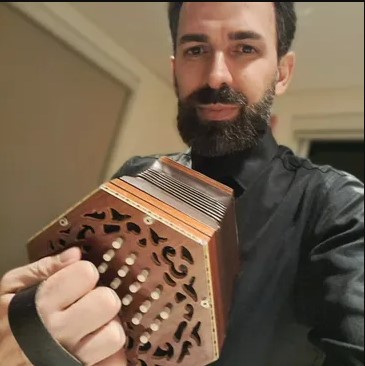
Anglo Concertina:
It's a hexagonal, bellows-driven instrument, notable for the absence of traditional straps. Instead, it's held by sliding the hands through leather loops, with the thumbs facing outward and the palms resting on wooden bars. Anglo-Saxon concertinas are closely associated with the traditional music of Ireland and England.
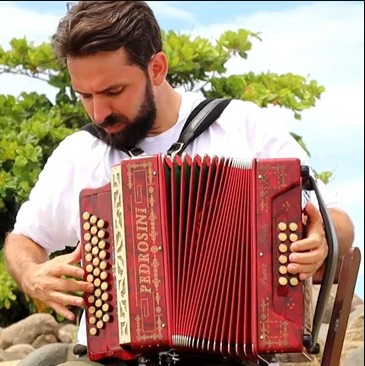
Portuguese Concertina:
This is a type of diatonic accordion with 12 bass buttons and 3 rows of treble buttons on the right hand. Its unique characteristics lie in the note distribution and its distinctive sound, featuring a vibrato typical of cana-verde, vira, and other rhythms of traditional Portuguese music.
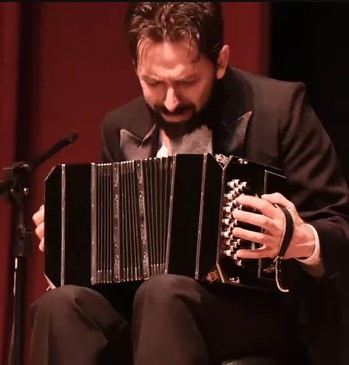
Bandoneon:
It's an instrument similar to the concertina, very popular in Argentina and Uruguay, and the main instrument in a tango orchestra. It was created in Germany and brought to South America in the early 20th century, where it became a tango icon.
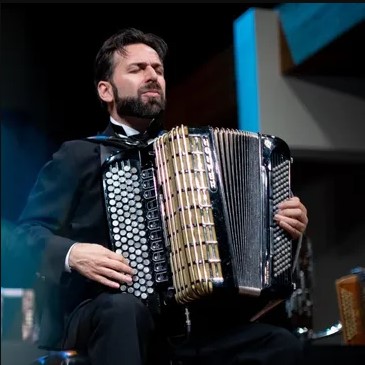
Chromatic Button Accordion:
This is a type of button accordion (year: 1890) in which the right-hand keyboard is non-diatonic, as it contains all notes arranged chromatically. The most commonly used bass configuration has 120 bass buttons.
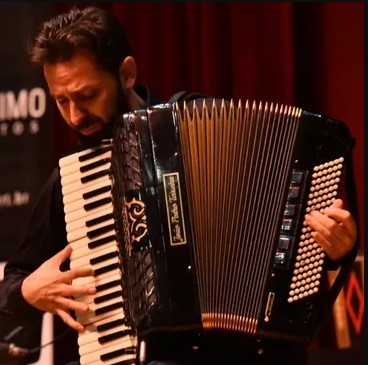
Piano accordion:
This is the most well-known instrument in Brazil, also called a harmonica or accordion. Its main feature is the piano-like keyboard on the right side, with buttons on the left. Available in a wide variety of sizes, with varying numbers of keys and bass buttons.
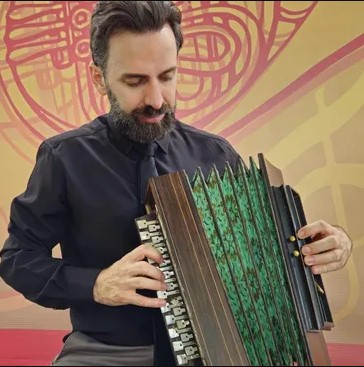
Flutina:
The flutina is an ancient, bellows-operated instrument that played a key role in the development of the diatonic button accordion. It is often considered the precursor to the more well-known diatonic accordions, as it helped shape the design and mechanics that would later be adopted in their creation.
